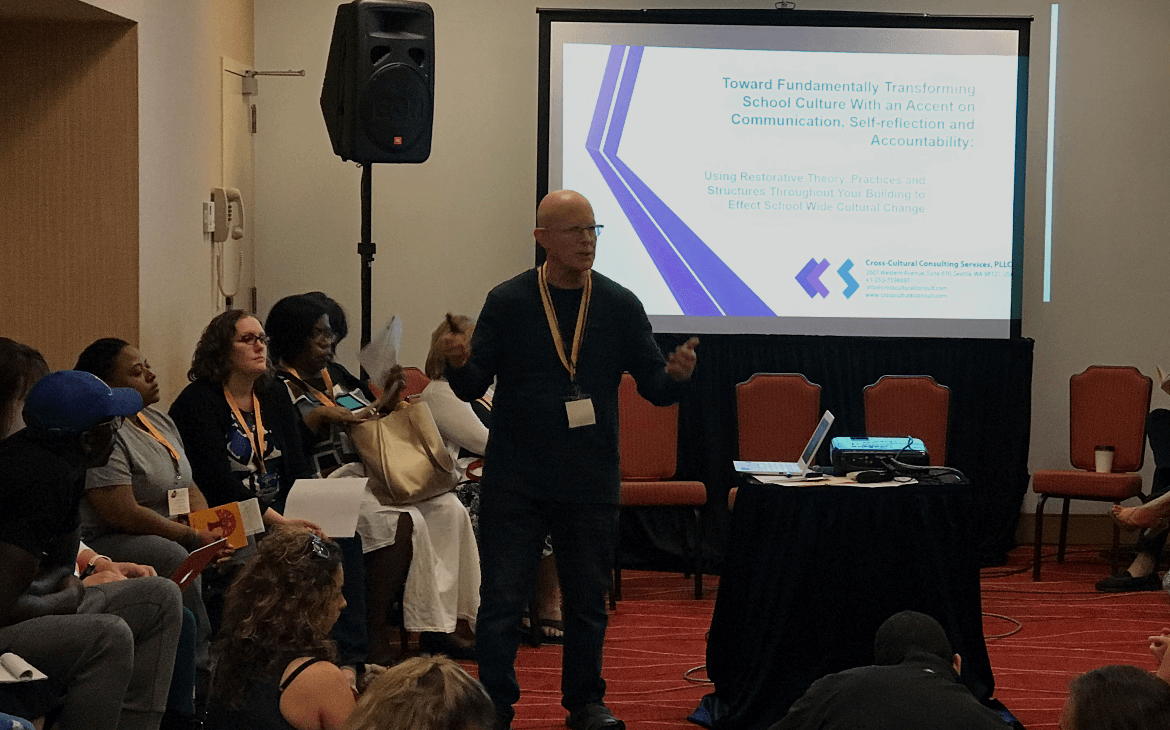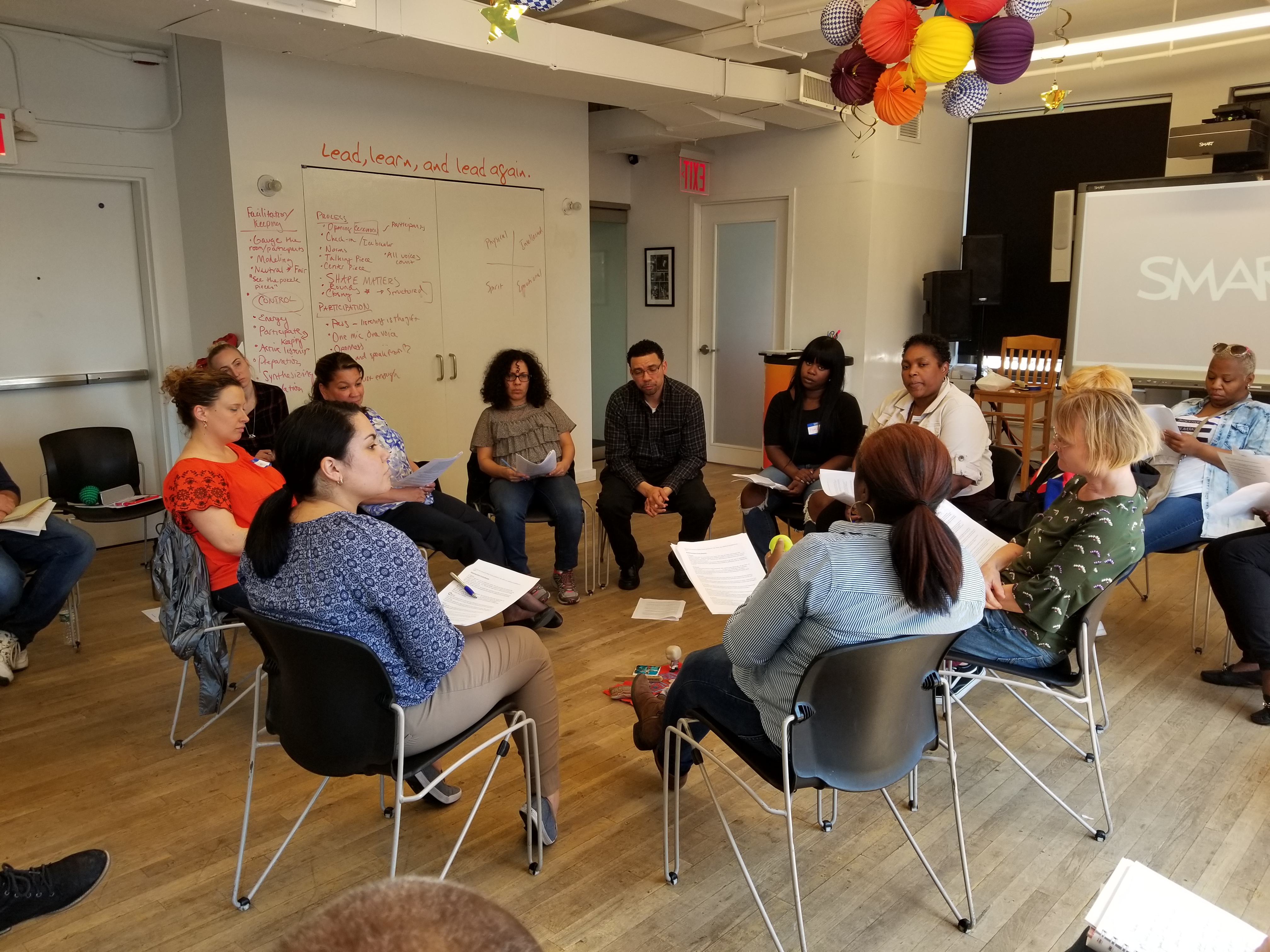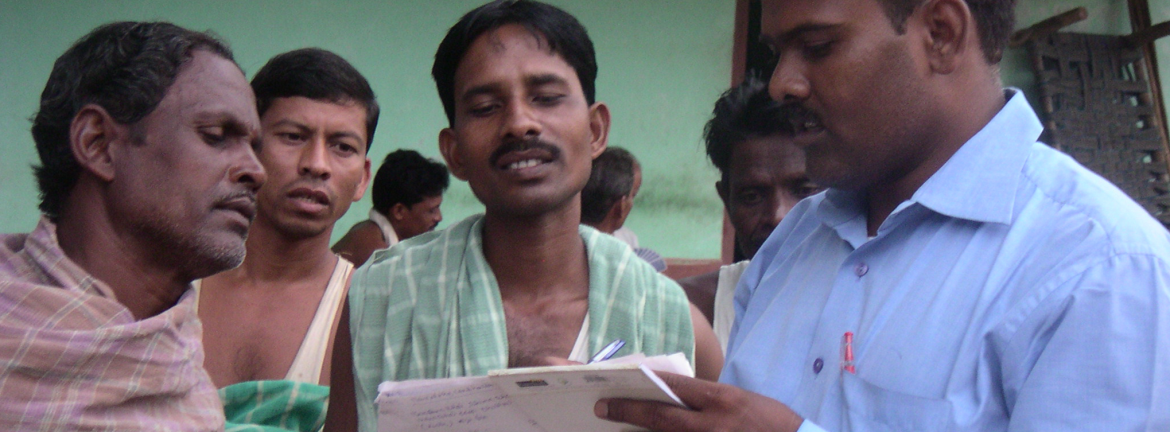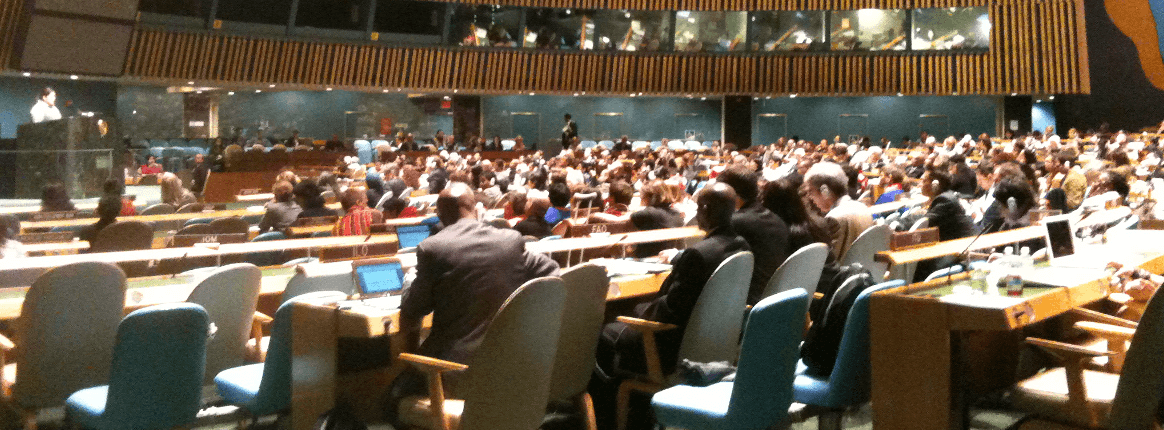A growing number of US schools and districts have used Restorative Justice and dropped suspensions over the last decade. However, systemic inequities in the rates of suspension for particular groups of students persist. African American, LGBTQ+ and Special Education (IEP) students are still suspended at rates double and triple those of other young people. Why is this happening?
CCCS believes that RJ practices are being implemented in an incomplete way. Presently, in most schools, when we use RJ to resolve most conflicts and when we teach social and emotional skills, our focus is on helping our students grow. Of course, this focus is essential as youngsters of all backgrounds need to learn these skills as part of growing into becoming mature, responsible, and self-reflective adults. What we leave out, however, is that the adult staff also need to learn and hone these social and emotional skills. Why? Because we all make mistakes and create harm during the course of any given day. This recognition tells us that we ALL have to be held accountable for what we do and say.
Increasingly, many in the RJP movement have come to view our work in schools through a Racial Equity (RE) lens. This lens looks not just at discipline issues, but also at what is taught in our classrooms; calling for culturally responsive and historically accurate curricula. It challenges staff to look at their implicit biases (we all have some) and make changes in their practices. And, it strives to include the voices of all students, staff and parents in the decision-making process at each school. This deepening and broadening of our schools’ missions is indeed challenging and yet ultimately necessary in order to address the needs of our historically marginalized students and staff.
If we are talking about equity, we have to hold everyone to the same high standards. If this is our goal, it will entail expanding our understanding of what it takes to make a paradigm change in our school’s implementation of RJ Practices. Rather than using the traditional 2-step model of moving from a punitive based approach toward addressing harms, CCCS suggests that to make deep and abiding cultural change, we must adopt a 5-step model.

The aim is to shift the paradigm from punishing transgressions to restoring relationships and fostering inclusion. Instead of fixating on “the bad guy” and the harm done, CCCS’ RJ approach takes these two steps as a starting point:
Step 1: Help the person(s) take responsibility for what they did.
Without assigning blame or doling out guilt, help the person(s) own what they did and recognize that they were responsible for their actions. It is important to emphasize here that there is a “way back”, that the goal is to repair the harm done rather than singling out perpetrators.
Step 2: Discussion Circle with person(s) and those harmed to repair and make amends.
Ensure that everyone feels heard and that a clear path is established towards making amends on the physical and emotional levels.
Individual conflicts can often be resolved with these two immediate steps – but to foster real culture change in the whole school building, further steps are necessary:
Step 3: Hold the adults accountable for mistakes and harm they create.
As adults, it is imperative that we demonstrate to the students that the rules don’t just apply to them – and that they are not the only ones that can make mistakes. This can be done through workshops and proactive discussions, going beyond the purely reactive steps entailed in conflict resolution.
Step 4: Create a Culture of Self-Reflection.
Steps 1-3 lay the groundwork for establishing not just an equality of application, but also a common language between staff and students. When everyone knows what the rules are and that they apply to everyone, blaming is off-limits, and self-reflection is encouraged. When you create a culture of self-reflection, all stakeholders can adopt a “growth mindset” to their daily school activities.
Step 5: Embed Circles and Culture of Self-Reflection in the school’s daily life.
This is when the paradigm shift is brought home: self-reflection takes the place of recriminations, restorative approaches take the place of penalties, and harmful cycles are broken before transgressions have a chance to recur.
To find out more, keep reading or get in touch!

The CCCS Restorative Justice approach is based on the following key principles:
- Restorative, Not Punitive: Shift the response to transgressions and conflicts from punishment to restorative to foster a culture of self-reflection and break harmful behavioral cycles.
- Respect Everyone: Recognize that everyone, regardless of age, class, gender, color, nationality, sexual orientation, etc., is equal and does, in fact, deserve 100% respect.
- Constant Communication: Since we are all very different people coming together with a common purpose, with differing world views, there is a great need for constant communication between all members of the school community.
- Involve Everyone: Apply approaches equally across schools, from principals to educators to students, challenging everyone to examine their implicit biases. Everyone is involved in co-creating the behavioral expectations for the school community.
- Remember the Goal: To make schools safe, caring and mutually respectful communities.
To bring about a school-wide paradigm shift through CCCS’ RJ approach, four areas of school culture and academics need to be addressed:
- Instruction: What is taught, and how it is taught – moving towards culturally responsive curricula and teaching practices.
- Assessment: Measuring what has been learned – moving away from standardized testing to performance-based assessment.
- Safety: Keeping schools safe – moving away from “policing” towards making peacekeeping an integral part of the school community.
- Organization and Relationships: How we interact within a school structure – moving away from hierarchical and competitive relationships towards respectful collaboration between equals.
For a step-by-step example of how to make this happen, keep reading or get in touch!

Two programmatic examples of this approach are the 100% Respect Campaign and the New York City Department of Education’s (NYCDOE) Pilot School Project in RJ.
Interview with Matthew Guldin
In this interview, Matthew Guldin shares his experiences in implementing Restorative Justice practices in schools.
Interview with Matthew Guldin
In this interview, Matthew Guldin describes the background of the 100% RESPECT! Campaign, its roots in Social and Emotional Learning as well as the Restorative Justice Movement, and its relation to his lifework in education.
Lehman College Panel, May 2018
A panel hosted by Lehman College and moderated by Matthew Guldin, in which Mentor Principals and Deans share their experiences in moving their school’s culture away from suspensions and the process of building community that they needed to engage in.
Restoring Schools
In this video, produced by the Teachers Democracy Project of Baltimore, the case is made for Restorative Justice practices to be used in schools by Principals, parents, teachers and RJ movement leaders. It also features Matthew Guldin speaking on the importance of the Principals being on board to lead this process of change.







